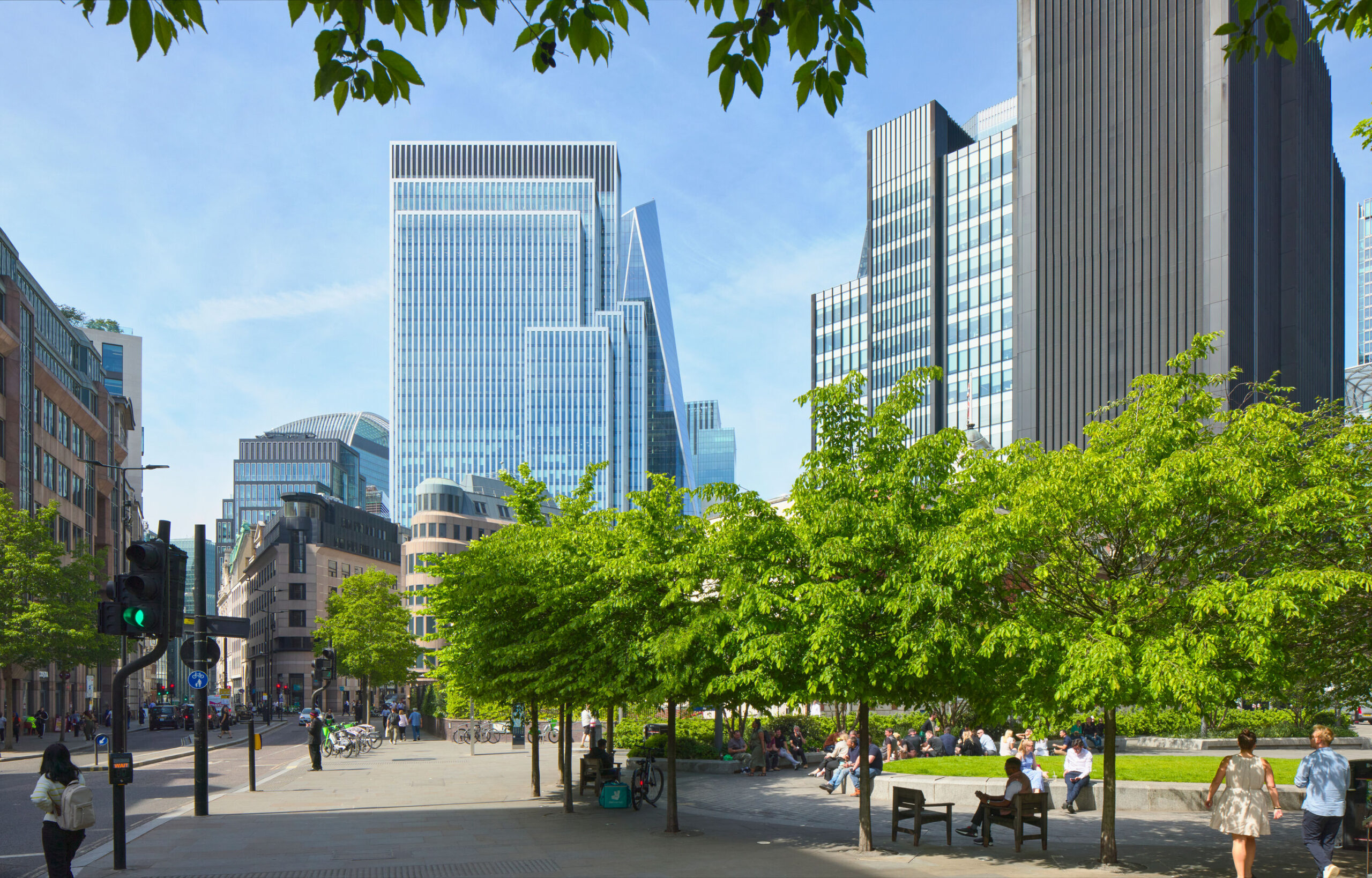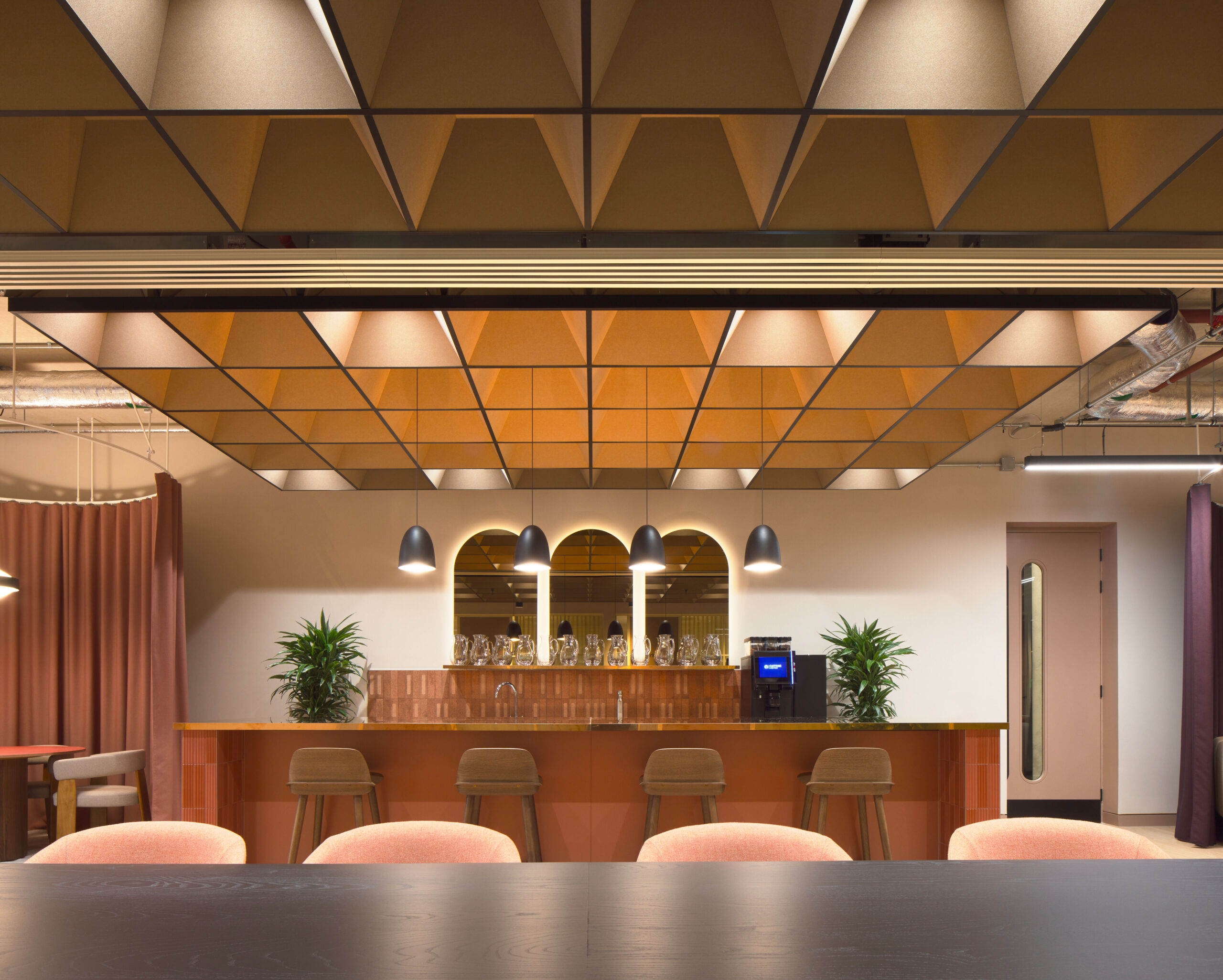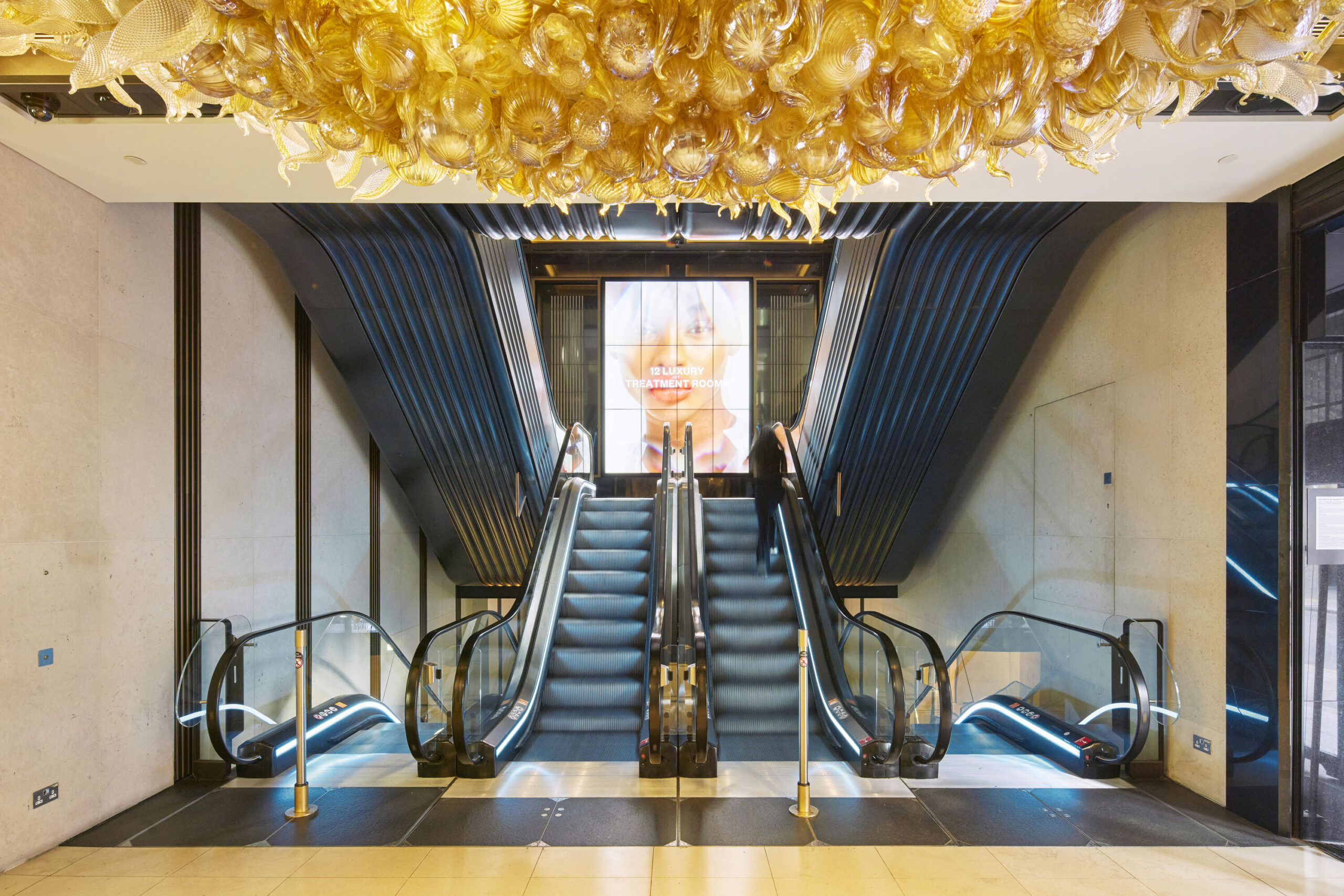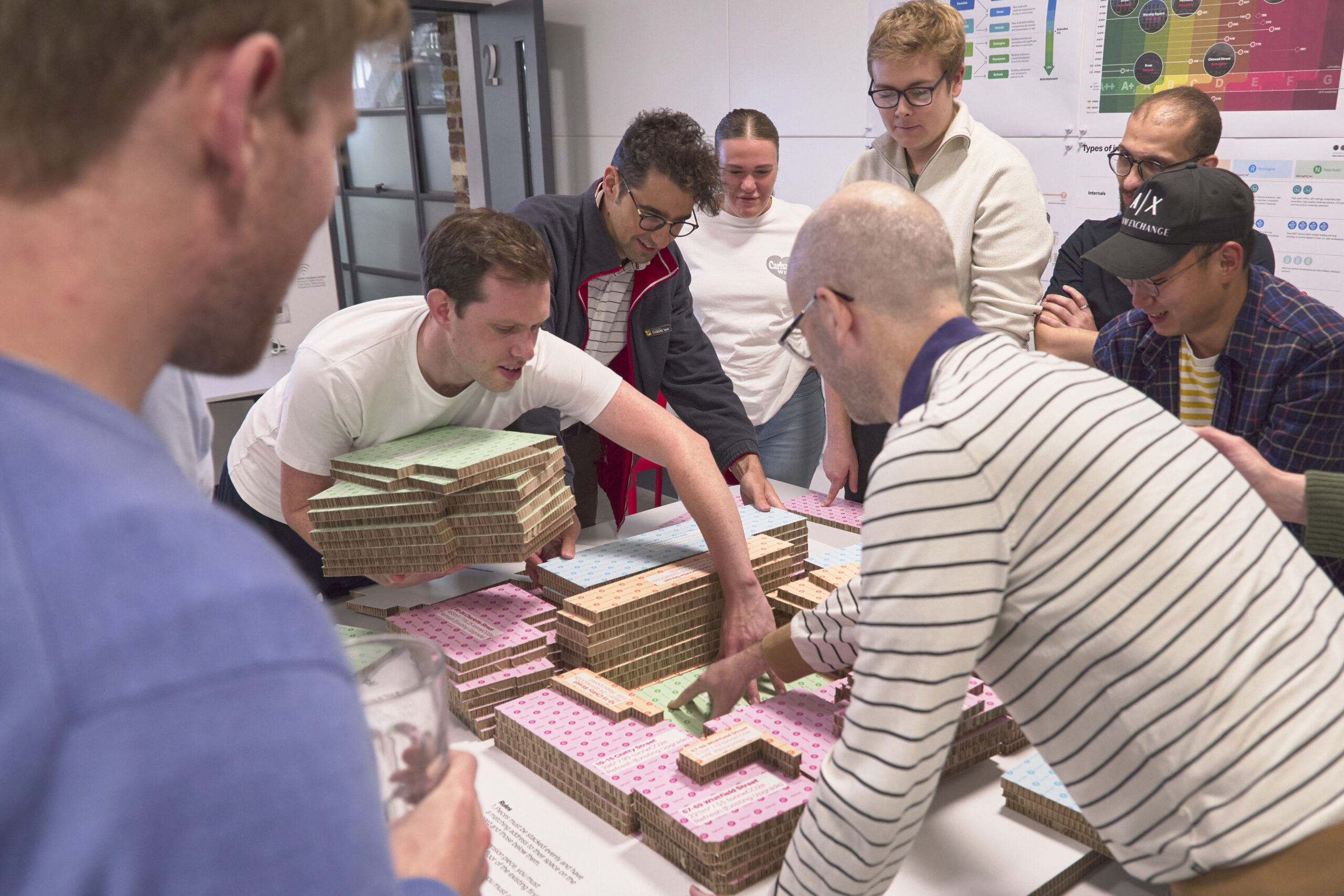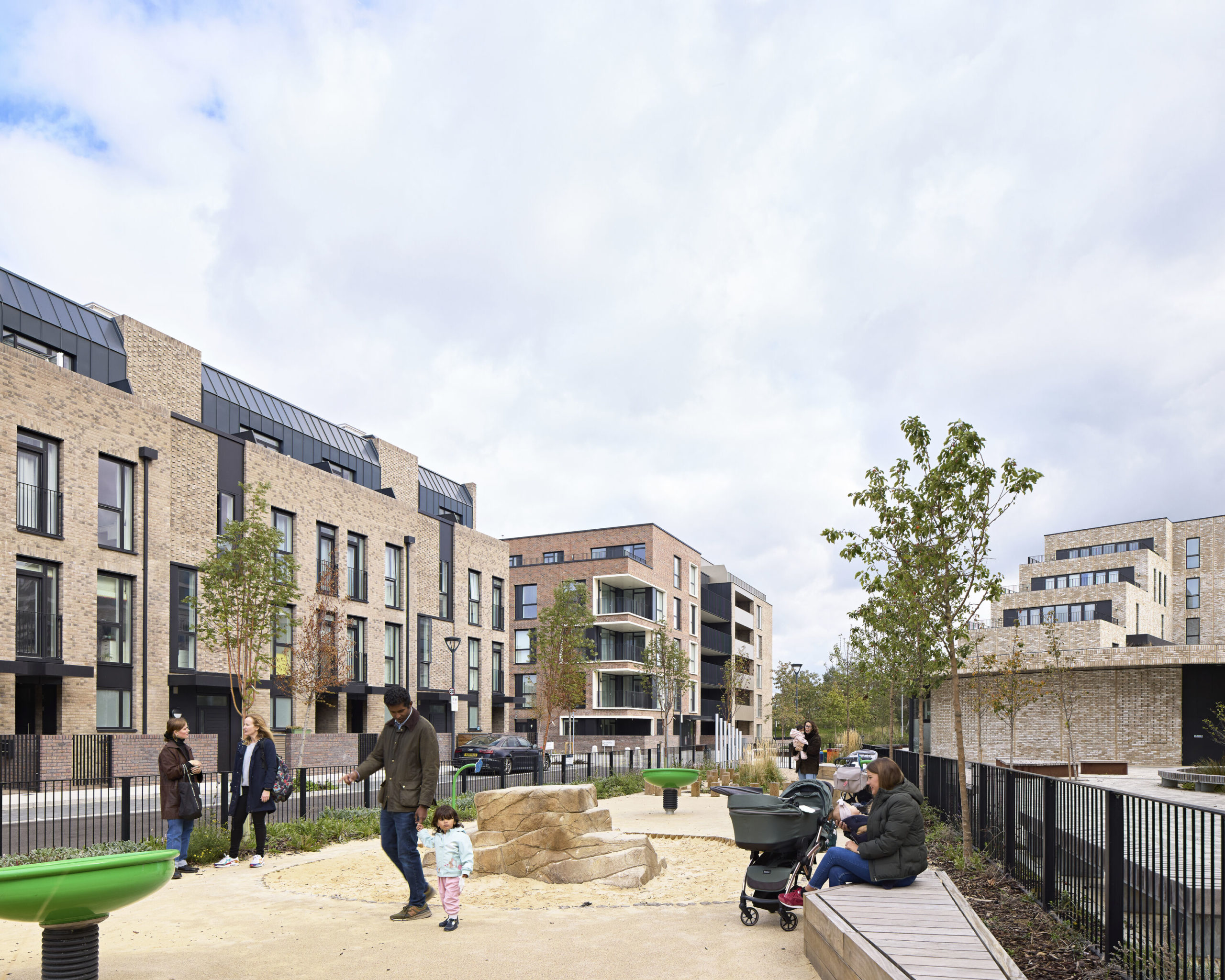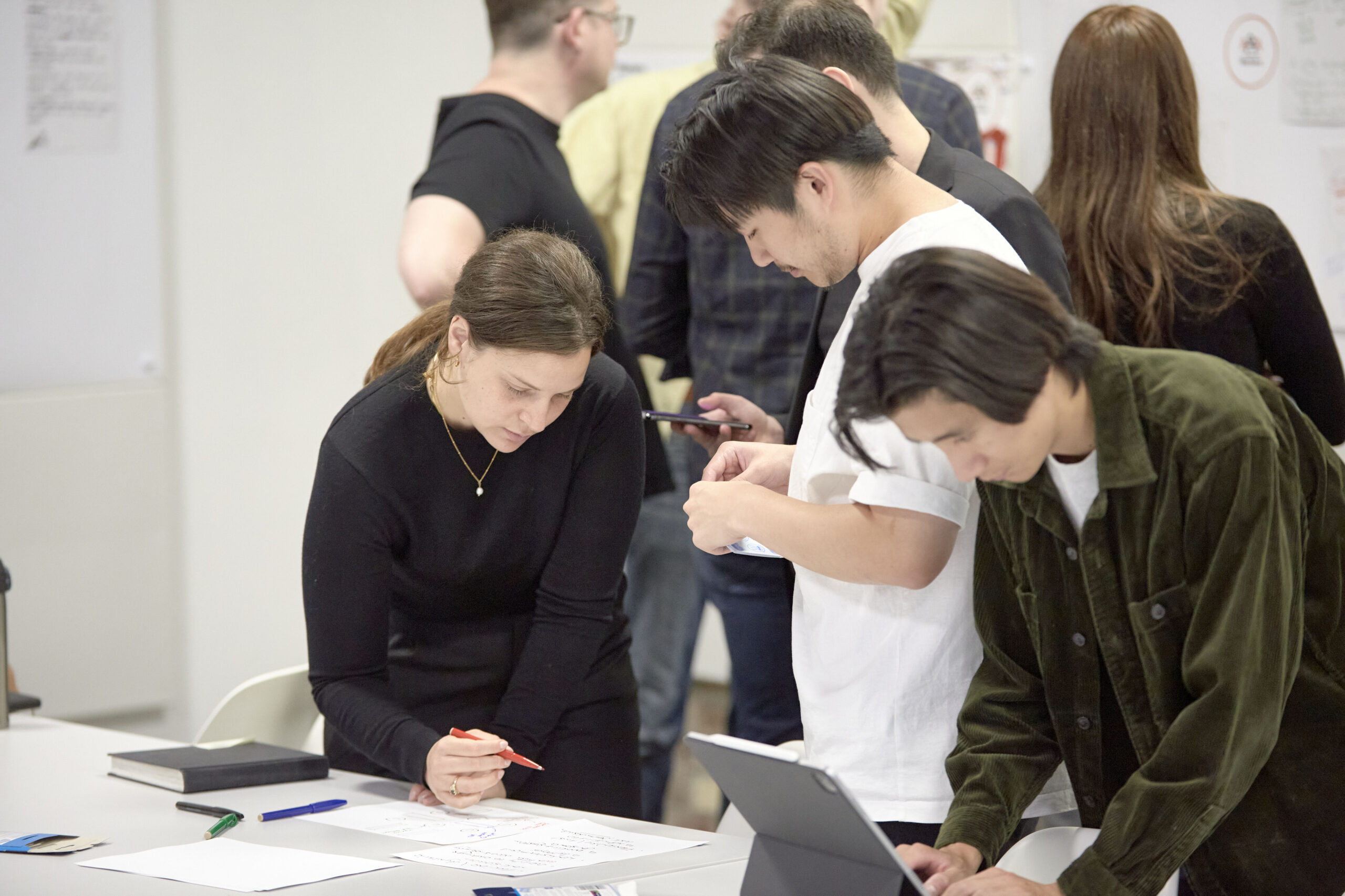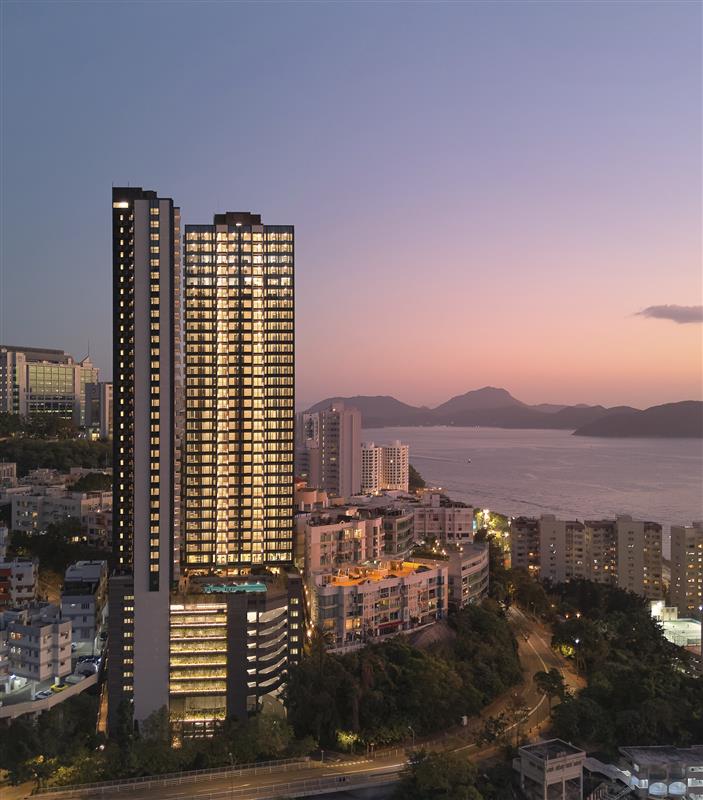
Our lessons learned from this study are to be mindful of our fenestration patterns: mullions at 750mm centres can look very elegant but significantly increase embodied carbon and worsen thermal performance. Equally, we can’t assume that widening mullion centres will reduce embodied carbon, if framing and glazing have to get thicker. We should examine if a slightly deeper cladding zone would result in a more efficient aluminium profile and we must be proactive to source low carbon aluminium. We should look to use alternative facing and lining materials wherever possible, to minimise the use of aluminium. And we must understand that adding a decorative rainscreen to curtain walling is layering up materials for purely aesthetic effect.
For every project, we must take a holistic, bespoke and calculated approach to the design of any curtain walls, using these very high embodied carbon materials at their maximum efficiency. As an alternative in some situations, timber stick curtain wall systems are already available and maybe timber unitised or panelised systems will follow. Or perhaps the future will be completely decarbonised aluminium production. But whatever the future holds, the careful detailing of aluminium and glass components to minimise their upfront embodied carbon, maximise their lifespan and ensure they are demountable and reusable or recyclable when the time comes, is something we can design in right now.
Architects, engineers and designers – please test out design options for any part of a building in simple embodied carbon bay studies like this one and please share the results! Our best chance of rapidly reducing upfront embodied carbon in construction is by sharing our research and our good ideas.




